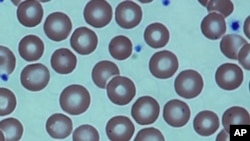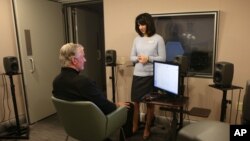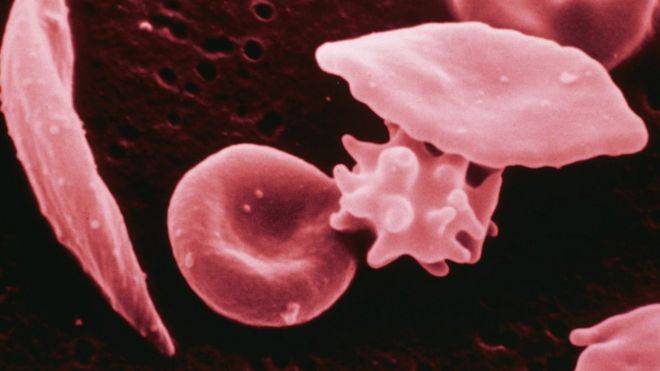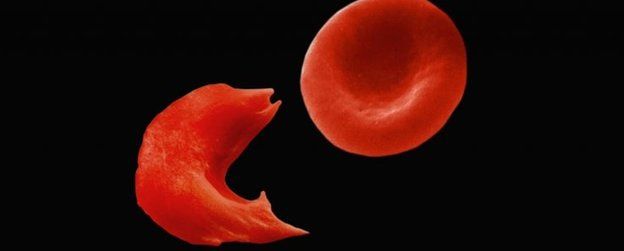Adult drug should be made available for children...

Sickle cell anaemia treatment 'effective for children'
13 May 2011 - Drugs cans be used to alleviate the symptoms of sickle cell even in young children, researchers say.
Sickle cell anaemia treatment 'effective for children'
13 May 2011 - Drugs cans be used to alleviate the symptoms of sickle cell even in young children, researchers say.
A drug to treat sickle cell anaemia is safe for use in children and should be made available, US doctors say. Sickle shaped red blood cells are more likely to block blood vessels and die sooner, resulting in pain, organ damage and early death. The study in the Lancet, involving some 200 US babies, found hydroxycarbamide reduced pain and other complications in the half given the drug. A UK expert said the findings were "extremely encouraging". Hydroxycarbamide is already available for use in adults, but its effectiveness had not been tested in young children.
Major effect
In the study, the babies taking the drug had half the number of painful events - pain lasting more than two hours and needing drug treatment. There was an 80% reduction in cases of pain and tenderness in the hands and feet (dactylitis). The study says the only negative effect was mild or moderate neutropenia, in which the number of infection fighting white blood cells falls. The researchers said the study "should have a major effect on guidelines for the management of children with sickle cell anaemia. "Hydroxycarbamide therapy can now be considered for all very young children with sickle cell anaemia."
Organ damage
David Rees, a consultant paediatric haematologist and medical adviser to the Sickle Cell Society, said that while it was "encouraging" that the drug was safe in very young children" the study was "in a way disappointing". He said the primary goals of the study had been to show an impact on spleen or kidney function as "it had been hoped that if you can intervene early you could prevent organ damage", yet this was not the case.
Professor David Weatherall, from the University of Oxford, said: "These findings are extremely encouraging. "Hydroxycarbamide is inexpensive and could certainly be made available in low-income countries in which sickle-cell anaemia is so common." "In view of the early deaths that result from this disease in sub-Saharan Africa, the success of this trial in early infancy is particularly encouraging."
BBC News - Sickle cell anaemia treatment 'effective for children'






